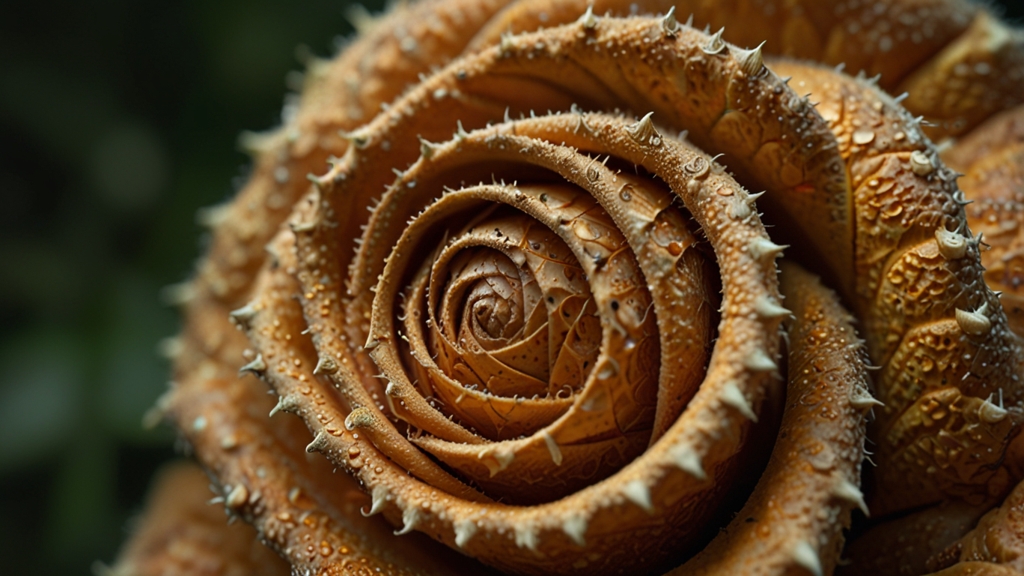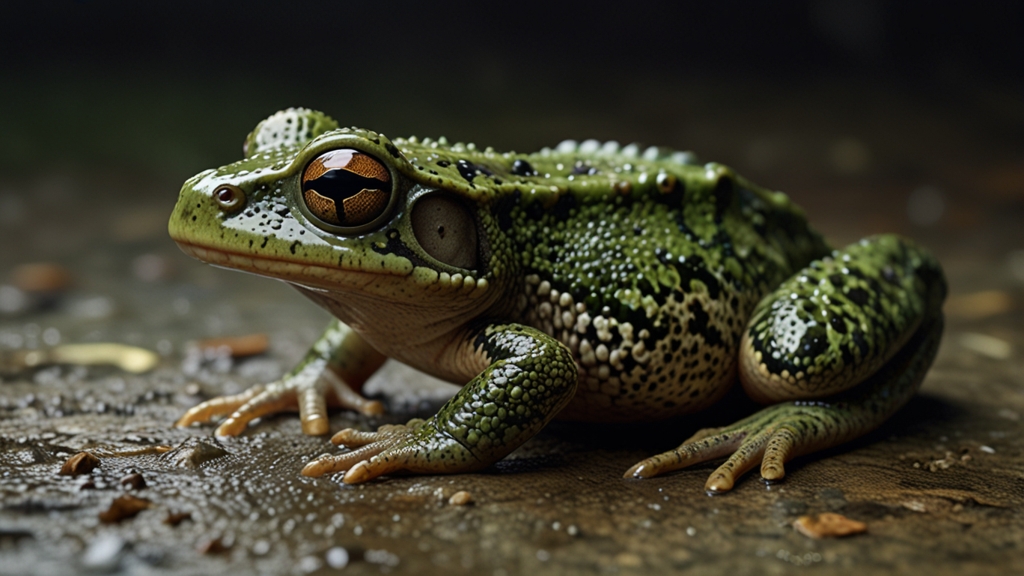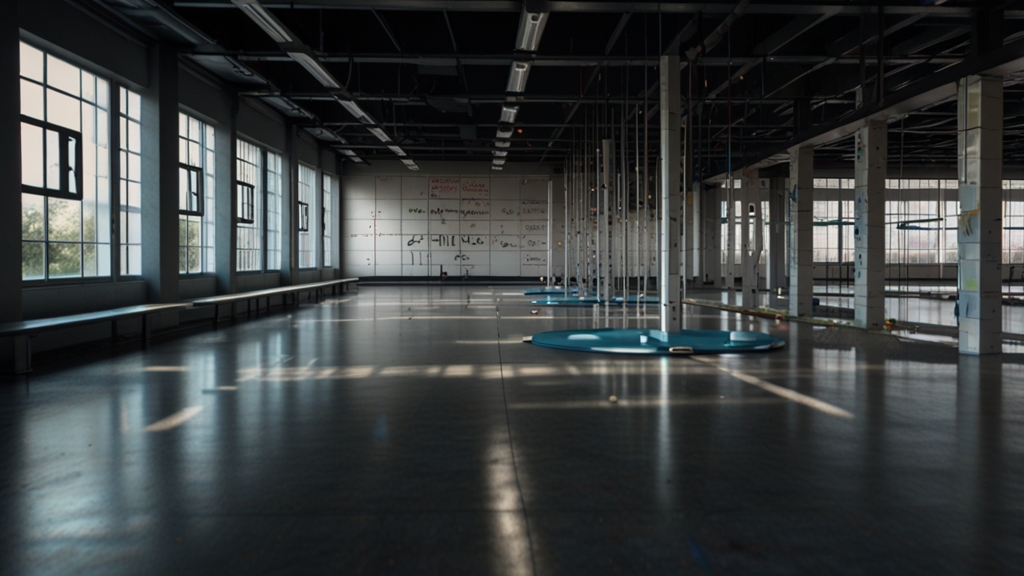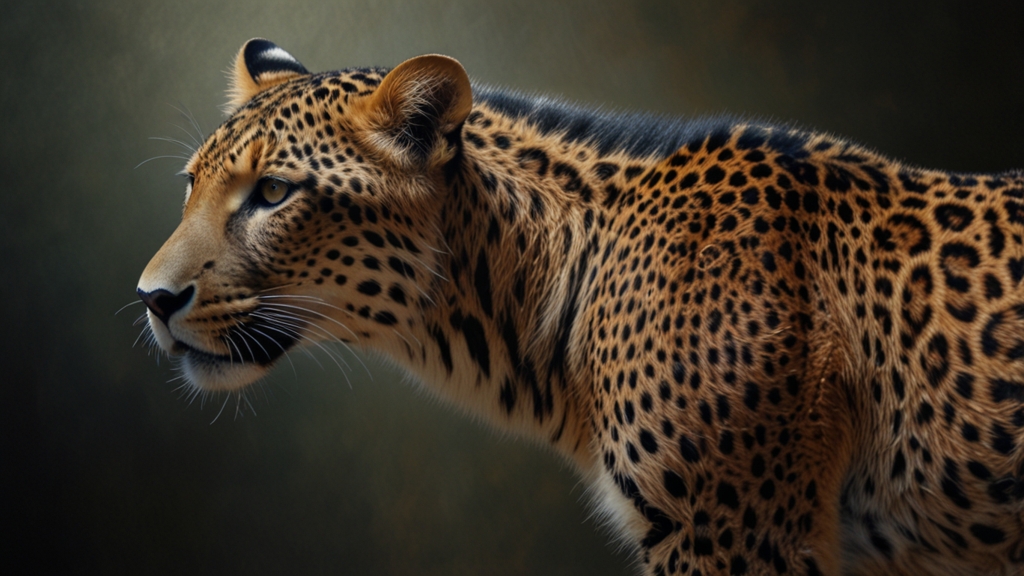Mathematics in Nature: Discovering the Beauty of Fibonacci
Mathematics often seems abstract and distant for many, but its profound beauty can be witnessed throughout nature. One of the most fascinating mathematical concepts observable in our world is the Fibonacci sequence. Named after the Italian mathematician Leonardo of Pisa, better known as Fibonacci, this sequence elegantly intertwines numbers and nature. This article explores the ubiquity and beauty of the Fibonacci sequence in the natural world.
The Fibonacci Sequence Explained
The Fibonacci sequence is a series of numbers where each number is the sum of the two preceding ones, typically starting with 0 and 1. The sequence begins: 0, 1, 1, 2, 3, 5, 8, 13, 21, and so forth. Mathematically, it is expressed as: F(n) = F(n-1) + F(n-2), where n is the position in the sequence. This sequence holds a deep connection to a number of natural patterns, often described as an example of how mathematics is an inherent aspect of our world.
Fibonacci in Flora
One of the quintessential examples of the Fibonacci sequence in nature is the arrangement of leaves around a stem, the configuration of seeds in fruit, and the blooming of flowers. For instance, the heads of sunflowers, pinecones, and pineapples exhibit spirals that align with Fibonacci numbers. Sunflower seeds spiral in both directions, with the number of spirals often equal to consecutive Fibonacci numbers, maximizing the seeds' exposure to sunlight and spacing efficiency.
The spirals found in many plants maximize the amount of sunlight each leaf, seed, or petal receives, a phenomenon elegantly explained by the Fibonacci sequence.
Fibonacci in Fauna
Beyond the plant kingdom, the Fibonacci sequence is also present in the animal world. The most prominent example is the shell of the nautilus. The nautilus grows its shell in a logarithmic spiral, which is directly related to the Fibonacci sequence. This spiral reflects the principles of growth and structure seen in many biological organisms. Additionally, certain animal populations and breeding patterns also follow Fibonacci numbers, showcasing the sequence's broad biological significance.
Aesthetic Appeal in Art and Architecture
The Fibonacci sequence also influences human creativity, particularly in art and architecture. The ratio derived from the Fibonacci sequence, known as the golden ratio (approximately 1.618), is often considered aesthetically pleasing. This ratio has been employed in the design of famous architectures, from ancient Greek temples to modern day buildings, to achieve a sense of balance and beauty. Artists like Leonardo da Vinci have used the golden ratio in their works, such as the 'Vitruvian Man', striving to capture the harmonious proportions found in nature.
Art and architecture often mirror the patterns and symmetry found in nature, with the Fibonacci sequence serving as a mathematical foundation for this aesthetic beauty.
The Mathematical Code of Nature
From the realms of microscopic structures to the vastness of cosmic patterns, the Fibonacci sequence acts as a subtle underlying principle governing forms and processes. It reveals how interconnected and cohesive the universe is, extending beyond mere numerical relationships to illustrate nature's intrinsic order. This mathematical code is not only a tool for scientists and mathematicians but also a source of inspiration for educators, artists, and nature enthusiasts.
Conclusion
The Fibonacci sequence is more than just a series of numbers—it is a window into understanding the natural world. Its widespread occurrence in nature, its application in art and architecture, and its fundamental simplicity make it a powerful example of the intersection between mathematics and the natural beauty that surrounds us. By discovering the patterns and elegance of the Fibonacci sequence, we gain a deeper appreciation for the intricate and profound structures that define our universe.
As we continue to explore and understand the Fibonacci sequence, we uncover not just mathematical elegance but also the inherent beauty of the natural world.










